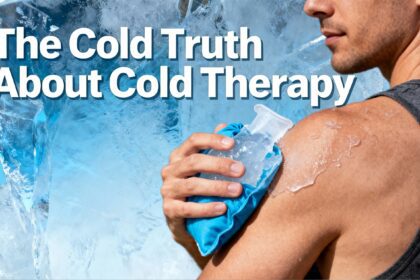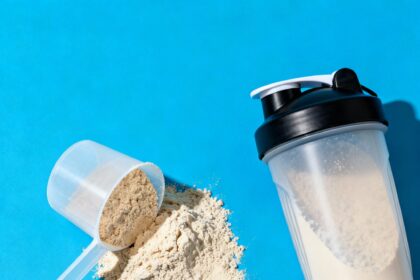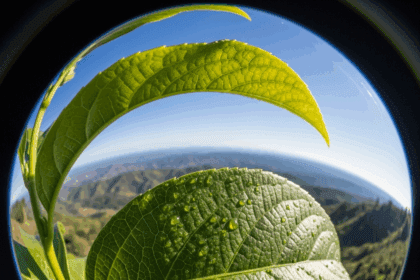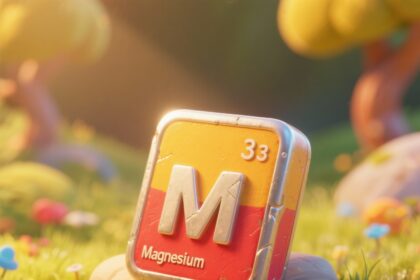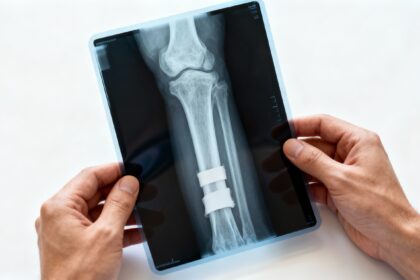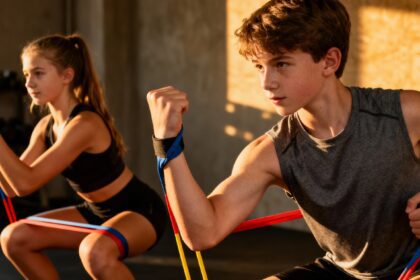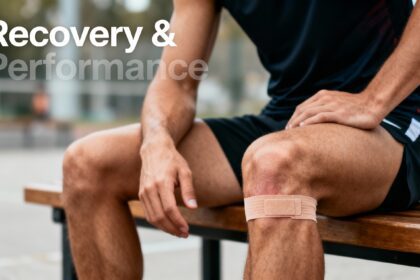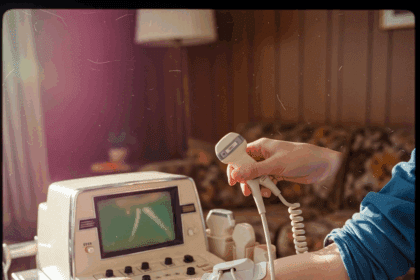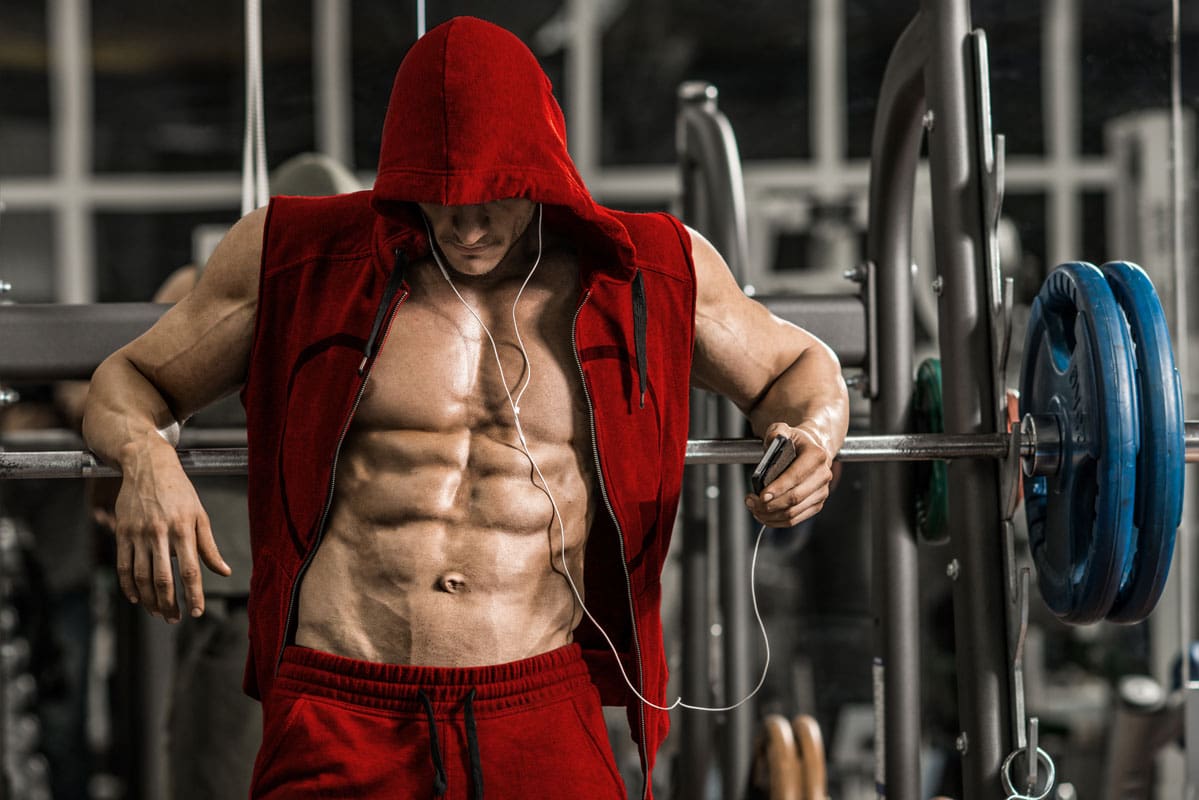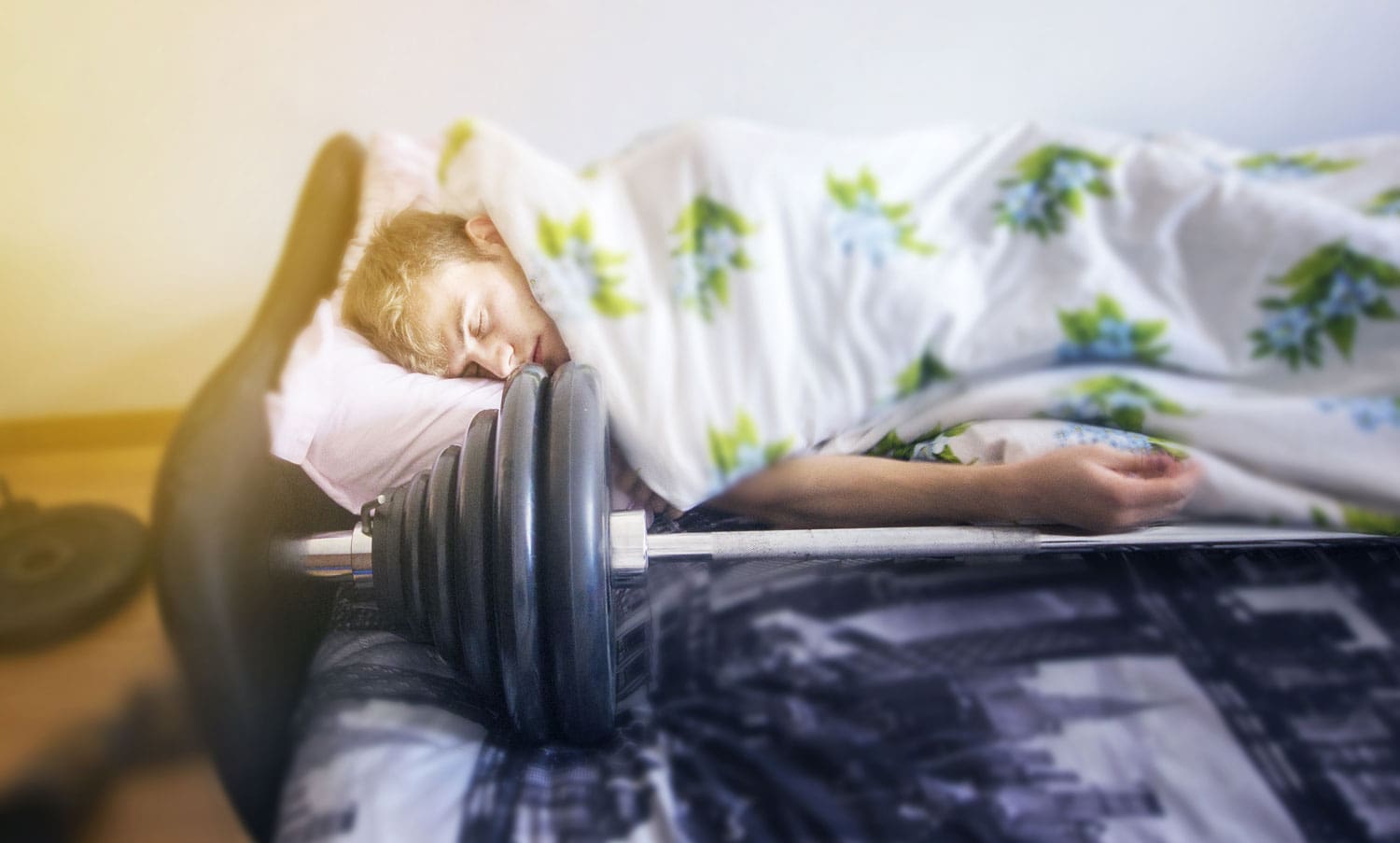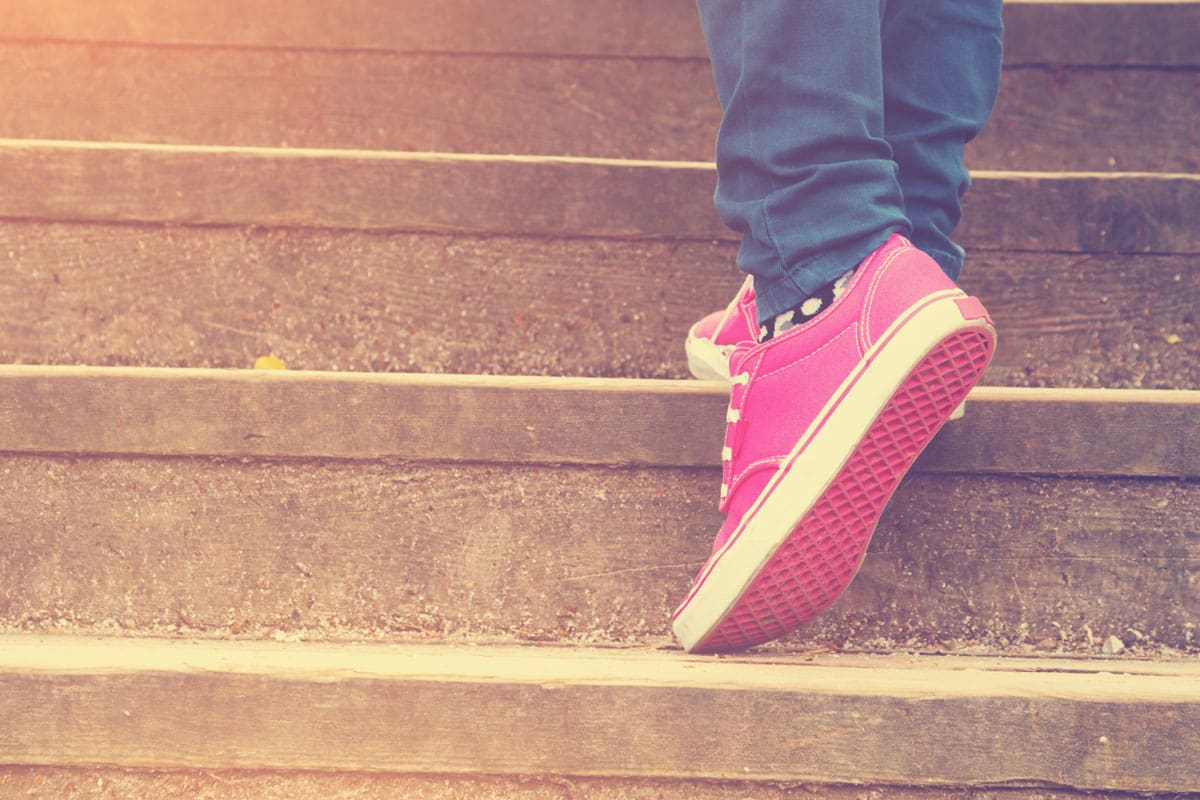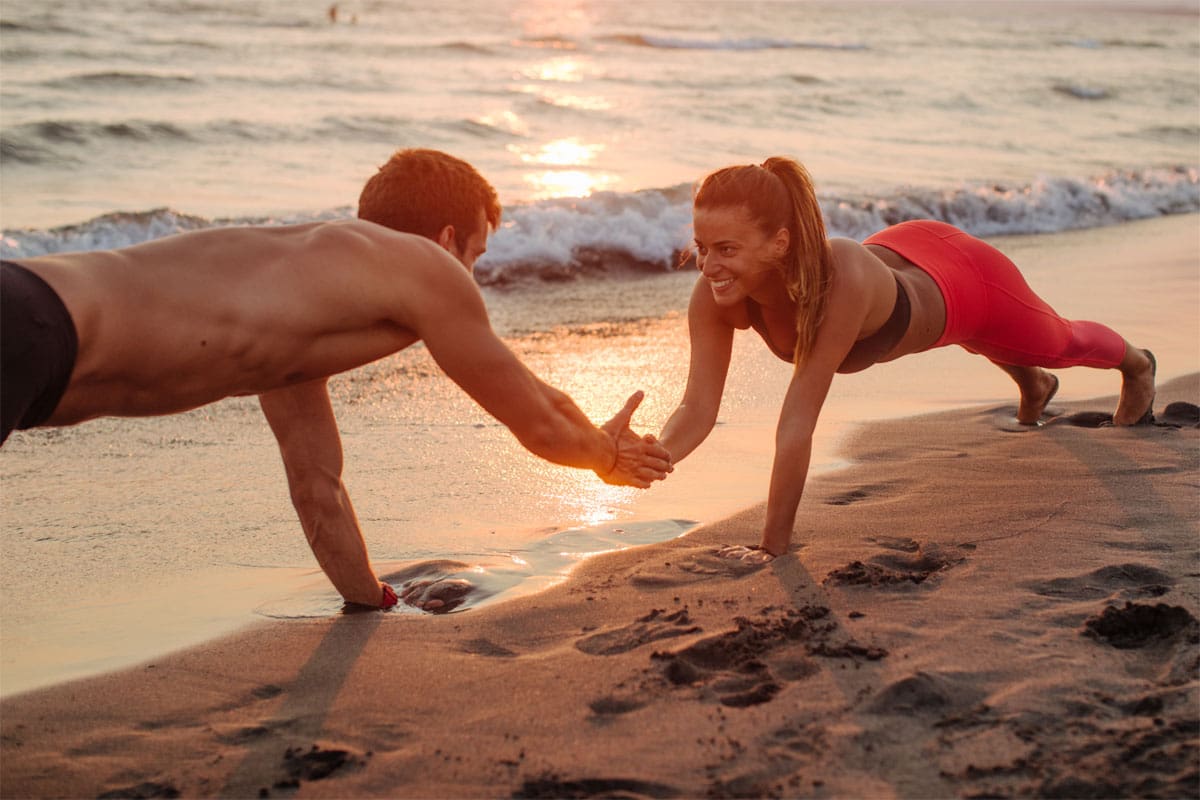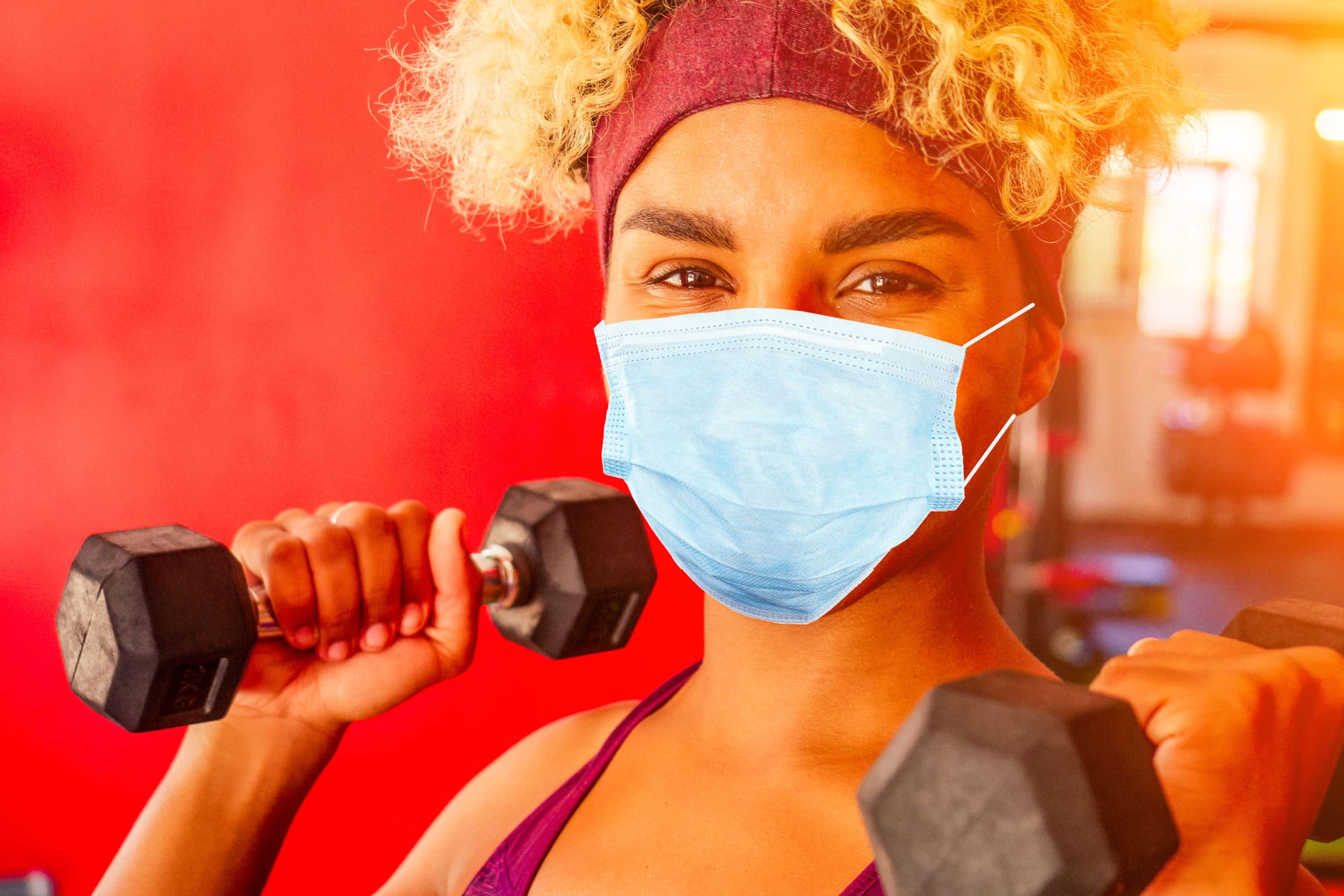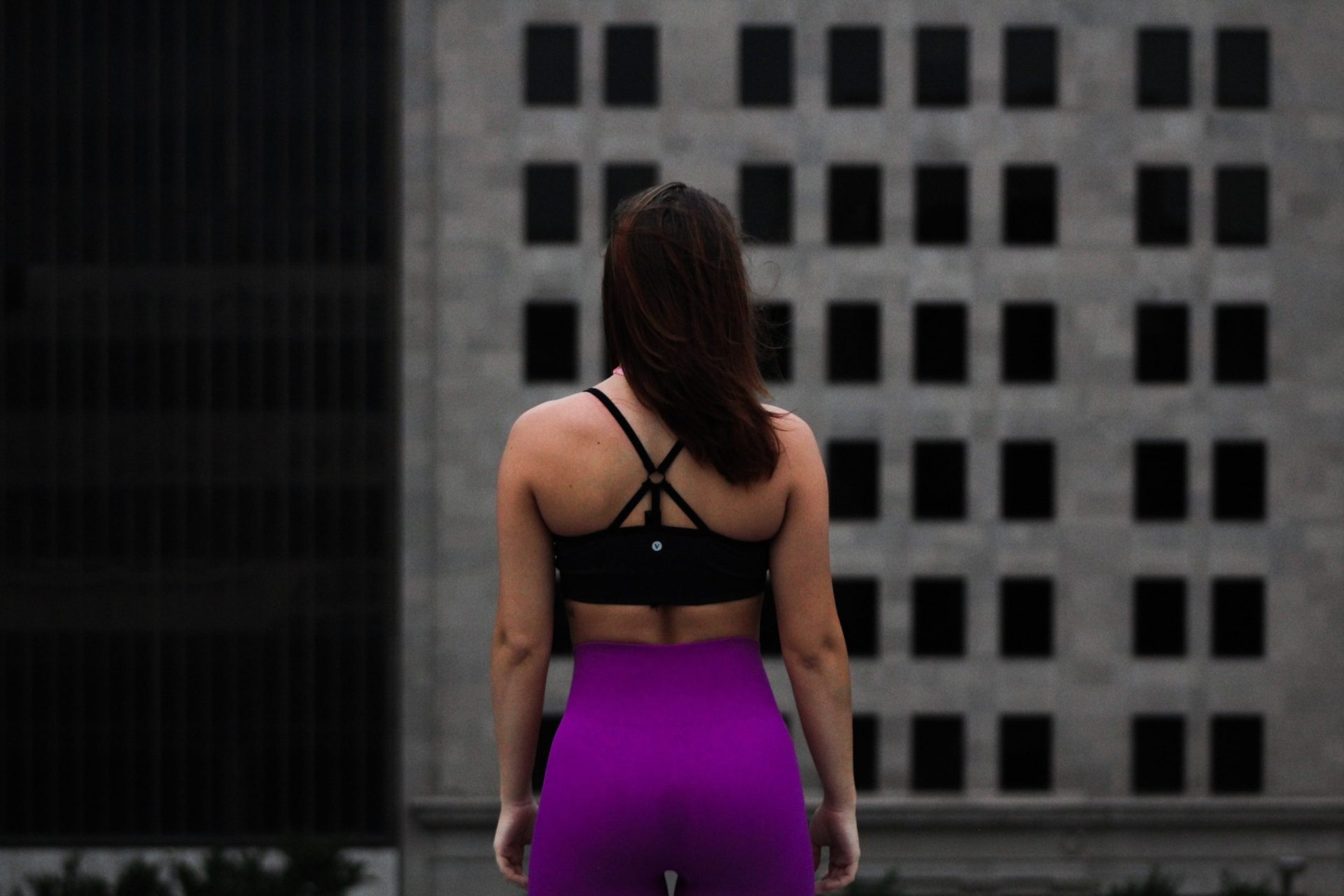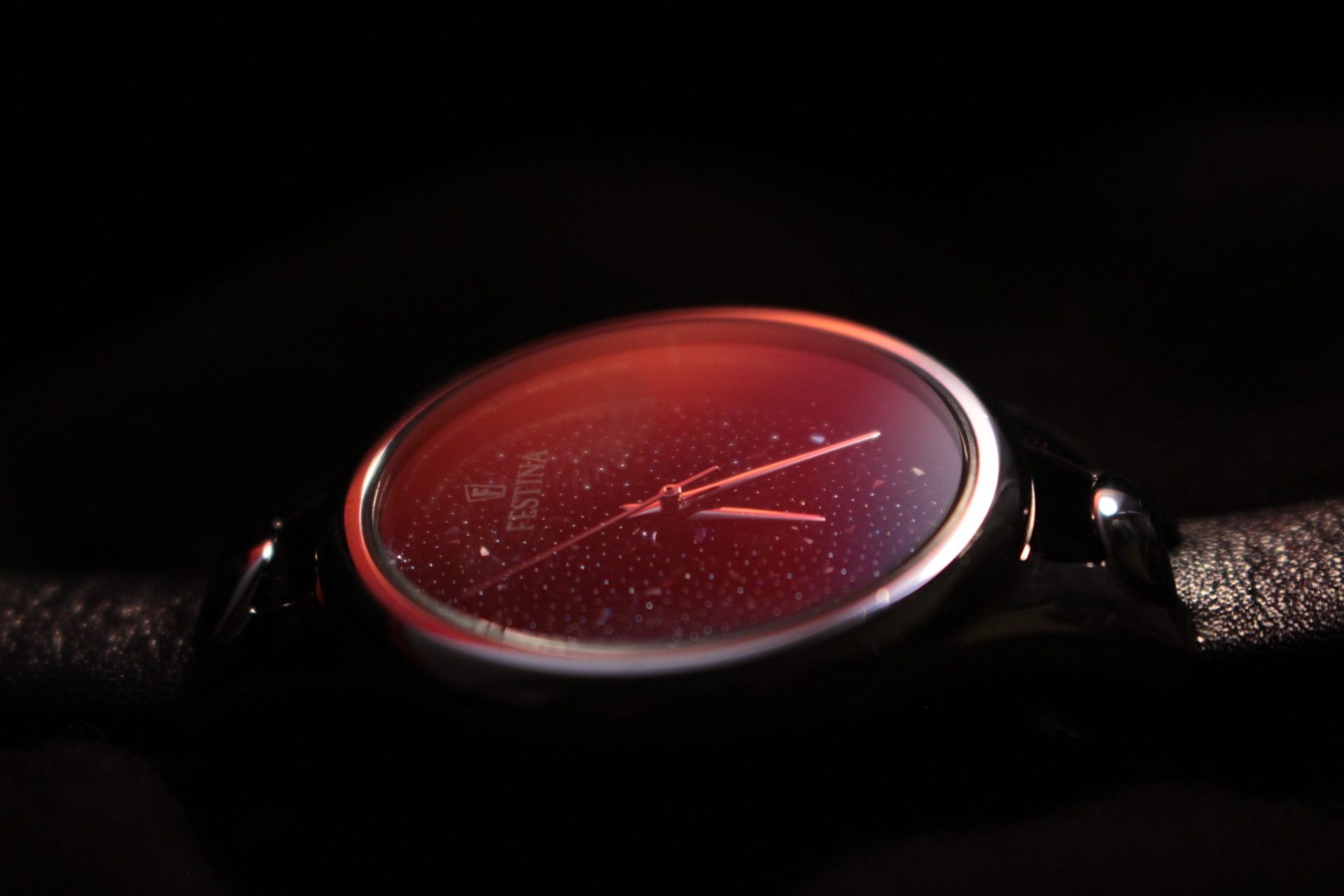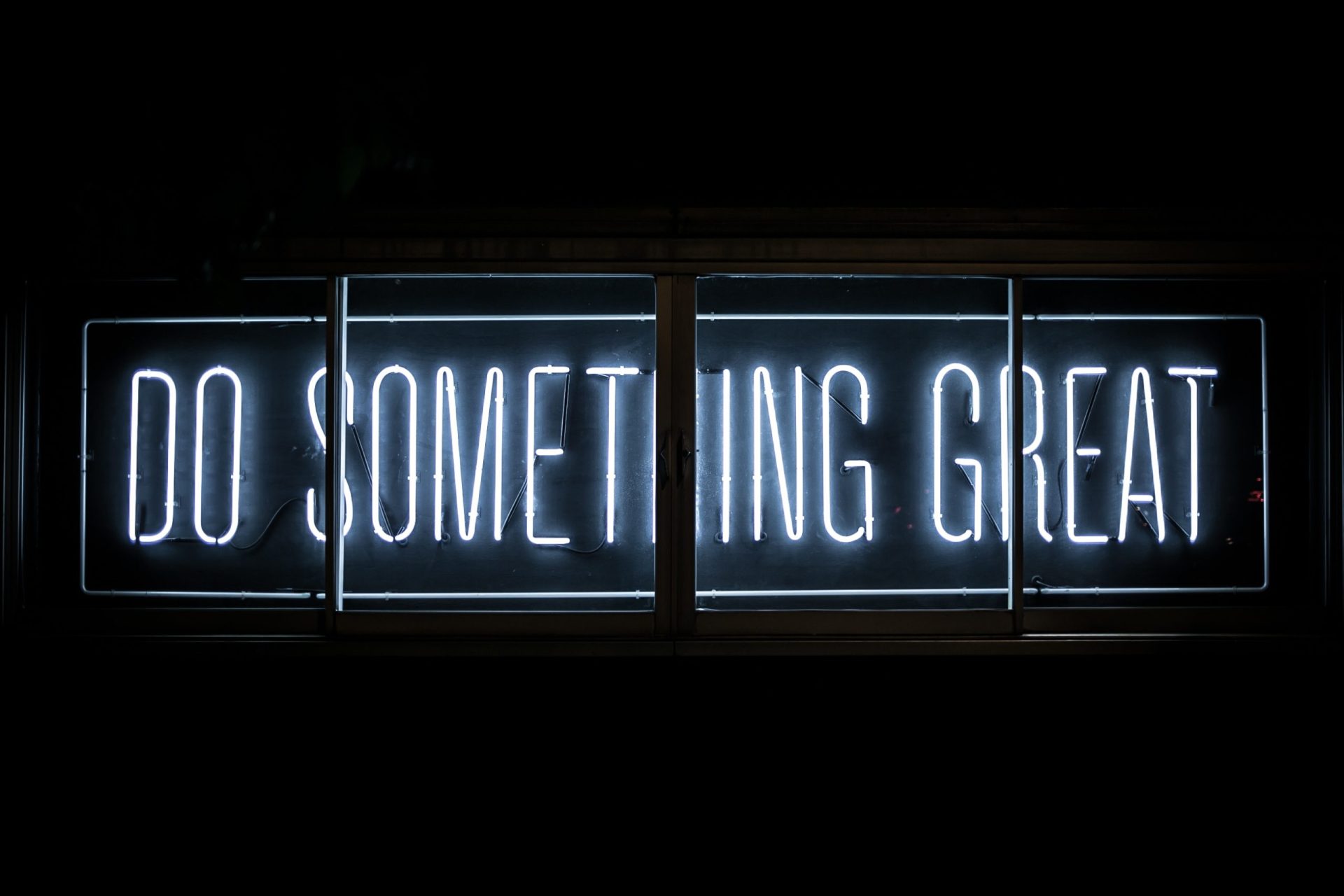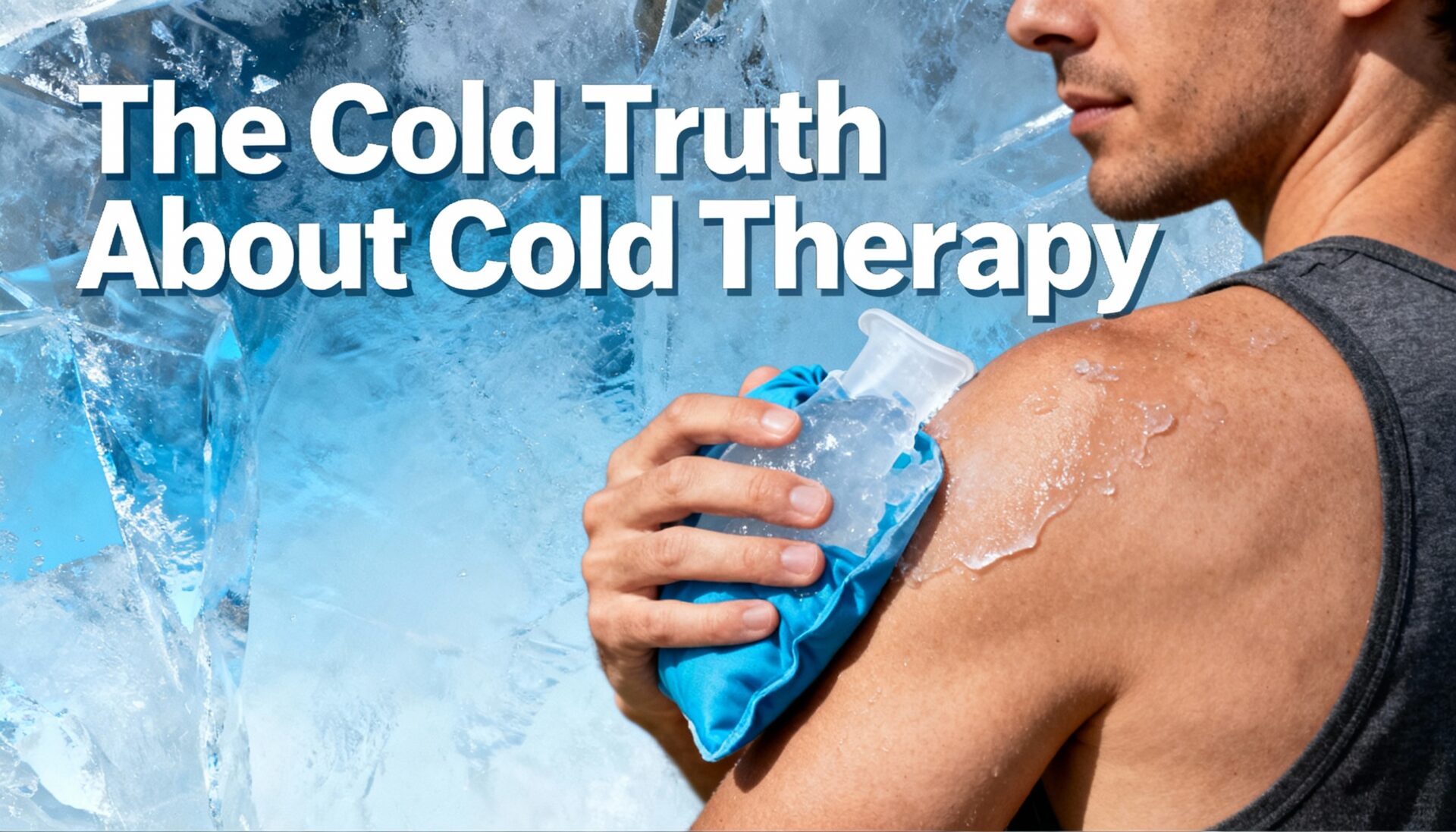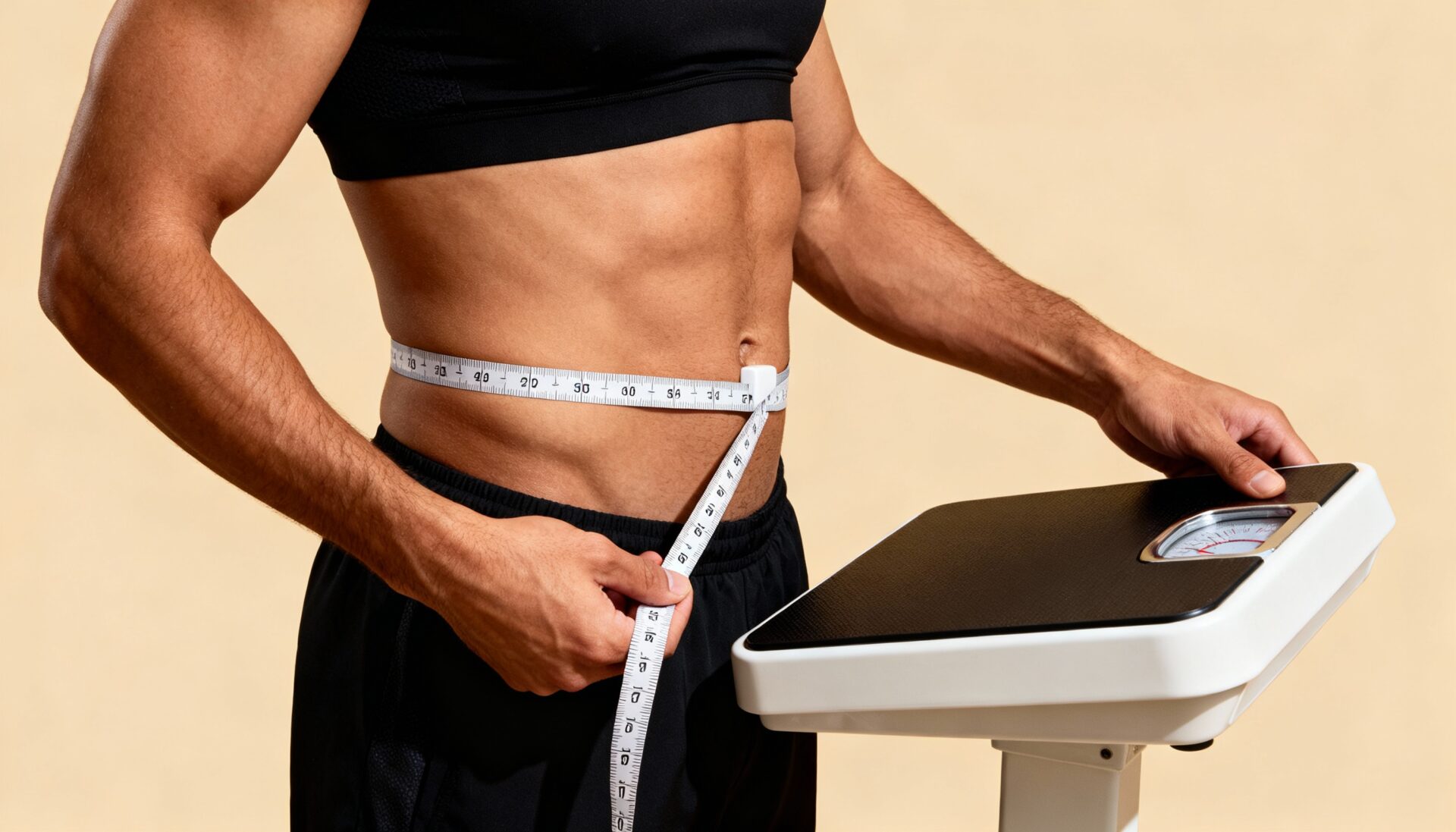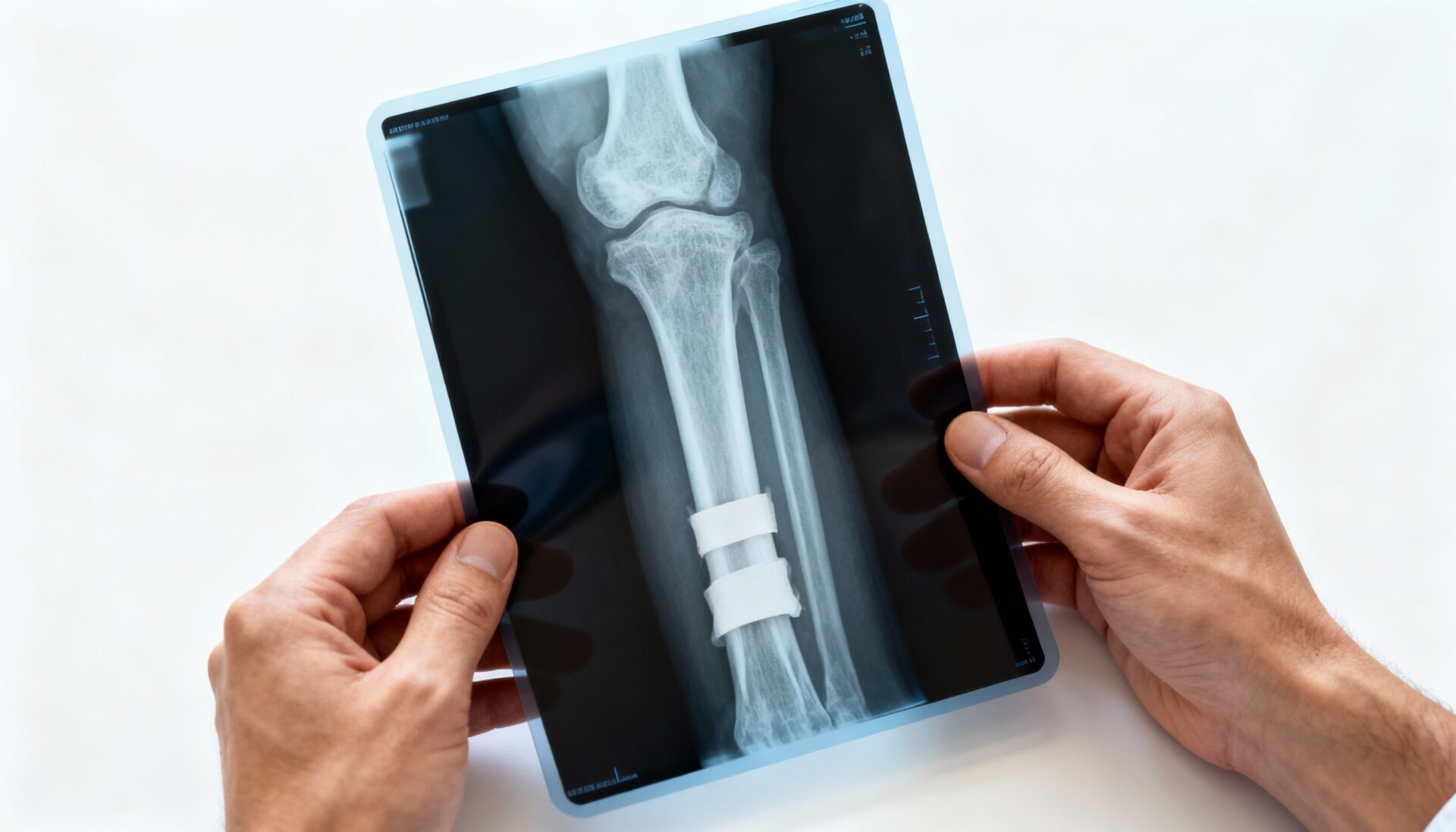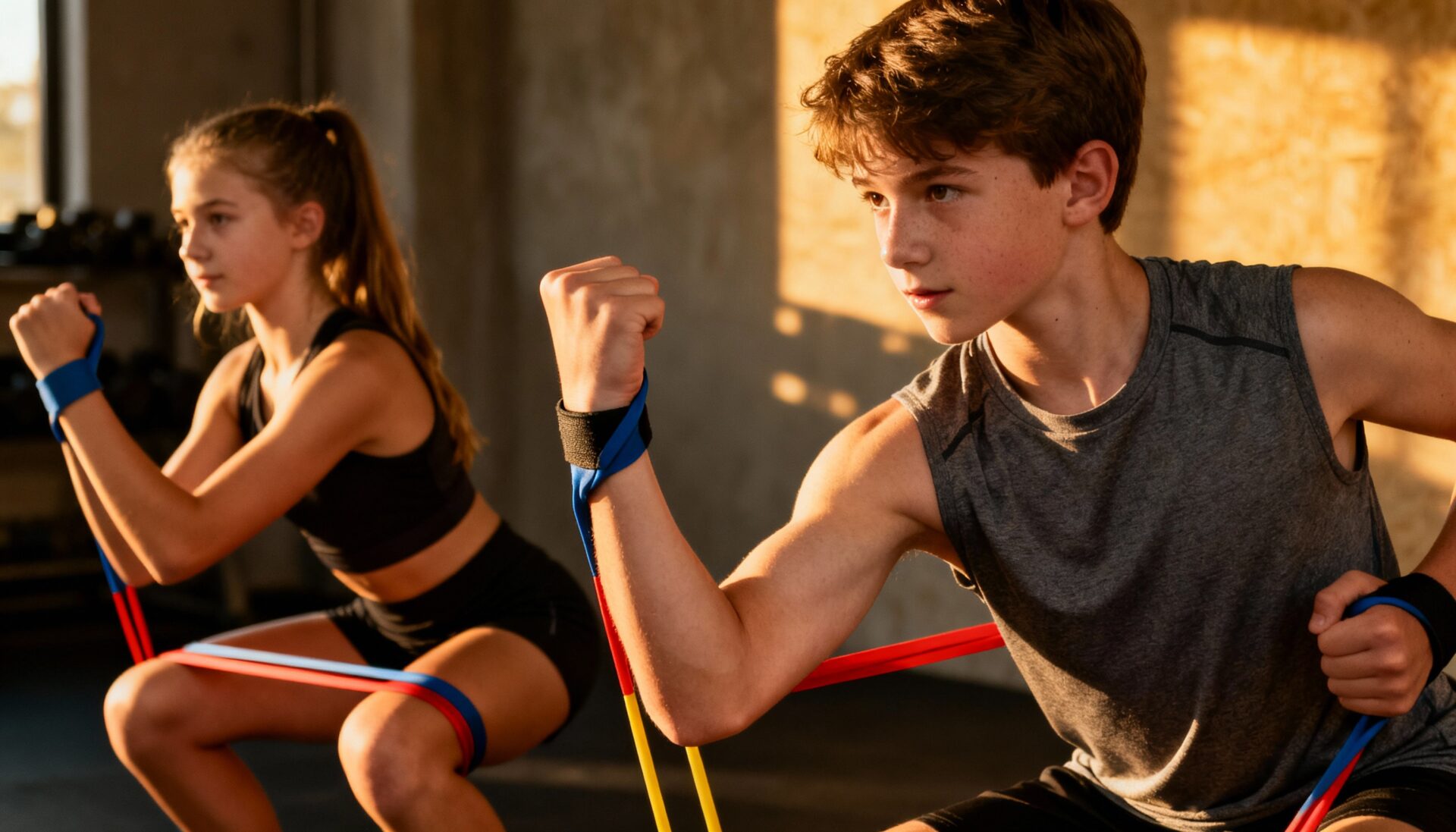By Kayla Romstadt
How Environmental Conditions Shape Your Workout Results
During exercise, our body makes physiological adjustments to compensate for the type of training, environmental conditions, external and internal stressors. When assessing different anerobic and aerobic responses, it is important to understand “environmental conditions play an important role for exercise performance” according to a recent study. Physical exercise involves skeletal muscle contraction, changes in cardiovascular outputs, and the loss of a homeostatic environment.
Being able to better understand physical performance under different environmental stressors may help design training protocols for better performance. Whether for weight loss, athletic performance, specific strength training, flexibility, resistance training, or cardiovascular improvements, understanding the underlying physiological implications may be used to increasing performance.
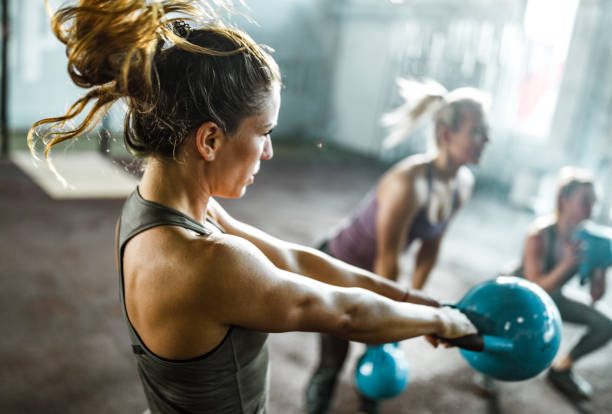
Understanding Your Body’s Temperature Control System
Training in abnormal environmental conditions has been somewhat controversial for some time. Despite eliciting physiological changes in heart rate, stroke volume, systolic blood pressure, and activation of both the sympathetic and parasympathetic nervous systems, there are several ways to induce these physiological responses. Thermoregulation is the process to heat and cool the body to maintain a homeostatic state.
For example, when exposed to colder than normal environments, the body will shiver or vasoconstrict to help regulate internal temperature. However, in response to excess heat, vasodilation occurs. The heat can be dissipated from the skin through sweating, allowing evaporation to occur. Although prolonged exposure in either environment can have adverse effects on performance, training in these environments may help elicit quicker somatic adaptations. Over time, the body can make subtle changes to gradually address performance requirements.
Accurately measuring internal factors reflecting the effects of the environment is often difficult to monitor. However, external humidity and ambient temperature are factors more readily changed and even controlled. In laboratory or field tests, with or without technical equipment, the relative effects of external temperature may be observed. Depending upon the specific modality of training, abnormal temperature can either hinder or improve exercise responses.
The Surprising Benefits of Hot Weather Training
A 1994 study analyzed the effects of environmental temperatures on motor function. The findings showed significant differences in all parameters measured. For example, when training aerobic strength in a higher temperature, “the capacity to be able to use oxygen increased.”
When physiological adaptations occur in the respiratory muscles, there was an improved ability to expand and contract the lungs and ribcage and flexibility of the bronchioles and bronchus, leading to a higher consumption of oxygen in a hot environment. Another study was performed on cyclist to measure aerobic strength.
The endurance levels of participants that consistently trained in hot environments were able to adapt to performing in a hot environment with increases in endurance. When an athlete can make these cardiovascular adaptations, blood flow typically increases, and heart rate can decrease.
A 1994 study stated that “low resting heart rate in athletes is an indicator of good performance levels.” When blood flow increases and heart rate decreases, the body can pump blood through the heart, lungs, and extremities more efficiently. The body is not having to “work as hard”, because it has trained at much higher levels of stress.
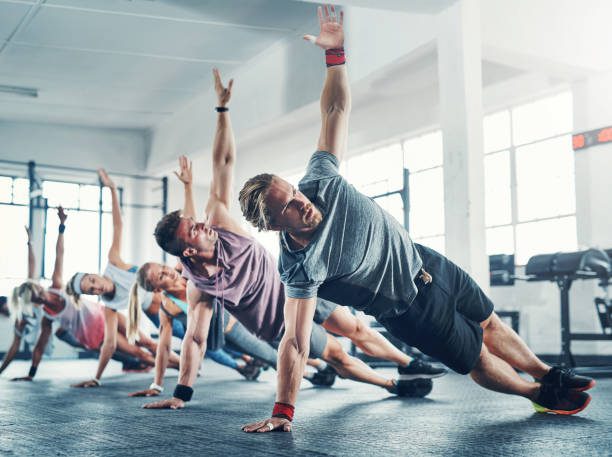
When Cold Becomes a Performance Challenge
A 2016 study was conducted on submaximal and maximal exercises in soccer players. It was found that the primary responses to external cooling were vasoconstriction and shivering. However, “prolonged cold exposure and exercise in the cold can impair peripheral vasoconstriction and shivering, leading to increased fatigue and reduced exercise capacity.”
In addition, free-fatty acid mobilization, or “times of stress when the body requires energy, fatty acids are released from adipose cells and mobilized for use”, may be impaired due to the vasoconstriction of the blood vessels. The results suggested that environmental temperature could play a role in aerobic performance for athletic competition or to simply improve overall cardiovascular health.
Temperature’s Impact on Flexibility and Injury Prevention
Another study looked at the effects of temperature on flexibility, mobility, and range of motion. It involved 20 female and male subjects to determine if heat would increase the extensibility of the knee, and if cold would have the opposite effect. As athletic injuries are some of the most common in the adult population, there is extensive research taking place to help combat these occurrences.
Although we have been told to “warm up” before engaging in physical activity, it’s important to understand what that really means. “Warming up” refers to engaging in some continuous movement thereby “increasing tissue temperature, which will increase tissue distensibility, and reduce the incidence of injury.”
This is coupled with increased heart rate, increased range of motion, and overall preparedness of the body. These warm-ups can include “stretching, heat, changes in tissue temperature by exercise, and even mental conditioning”. However, due to the many variables, it is unclear which modality is primarily responsible for inhibiting injuries.
Special Considerations for Female Athletes
Continued research is important in the athletic population, and especially females. This is because female athletes have “biomechanics and hormonal influences that make them very susceptible to tears in the Anterior Cruciate Ligament (ACL) and ankle injuries” according to a 2013 sudy. During research, it was found that the ACL and Posterior Cruciate Ligament (PCL) of the knee had increased flexibility under heated conditions.
The force needed to move the knee decreased by 25% compared to cold application. Heat is often cited for increasing flexibility, which may help reduces injury. From this study, heat was concluded to “increase muscle and ligament flexibility and may help reduce athletic injuries, but cold treatment may have the opposite effect.”
The Hidden Risks of Hot Weather Strength Training
A 2020 study examined the effects of a hot environment on resistance exercise and to determine when heat may have drawbacks. The research looked at the effects of moderate resistance exercise on several serum markers in untrained males. The purpose of this study was to better understand how a hot environment could affect internal processes due to an external stressor.
The study tested numerous components of internal fluids including cortisol, testosterone, extracellular heat shock protein, and interleukin (IL) 5-6 concentrations. Researchers wanted to understand the body’s physiological response to resistance exercise in hot conditions. Ten untrained young males performed two full-body resistance exercise series at 70% of their 1-Rep Max with rest periods in temperature-controlled environments. The study found a “heated environment may not be appropriate for achieving muscle adaptations due to acute changes of hormonal and inflammatory markers.
” The changes challenged the consensus that certain biomarkers would routinely increase or decrease due to the external stress of the heat. The study found that resistance exercise in a heated environment could partially damage the muscles. This could produce increases in biomarkers that were unlikely to go up and decreases in biomarkers that likely should increase.
The research concluded that exercise in heated environments may impair hypertrophy and muscle adaptations. Additional research is recommended to examine any long-term effects of resistance exercise in heated environments.
Practical Applications for Better Training Programs
When we begin to understand the effects of temperature, we can formulate better routines, regimens, or programs to promote wellness more effectively. It appears that environmental temperatures play a role in physical performance. Research has suggested that altering our homeostatic state may either inhibit or increase the performance of an individual.
Understanding the benefits and hinderance could make for a better plan to help improve performance. Studying the physiological effects of the environment could help trainers make the necessary adjustments to improve physical performance and responses.
References
Çakir, E., Yüksek, S., Asma, B., & Arslanoglu, E. (2016). Effects of Different Environment Temperatures on Some Motor Characteristics and Muscle Strength. International Journal of Environmental and Science Education, 11(10), 3985–3993. https://eric.ed.gov/?id=EJ1114656
Eskandari, A., Fashi, M., Saeidi, A., Boullosa, D., Laher, I., Ben Abderrahman, A., Jabbour, G., & Zouhal, H. (2020). Resistance Exercise in a Hot Environment Alters Serum Markers in Untrained Males. Frontiers in Physiology, 11. https://doi.org/10.3389/fphys.2020.00597
No, M., & Kwak, H.-B. (2016). Effects of environmental temperature on physiological responses during submaximal and maximal exercises in soccer players. Integrative Medicine Research, 5(3), 216–222. https://doi.org/10.1016/j.imr.2016.06.002
Petrofsky, J. S., Laymon, M., & Lee, H. (2013). Effect of heat and cold on tendon flexibility and force to flex the human knee. Medical Science Monitor : International Medical Journal of Experimental and Clinical Research, 19, 661–667. https://doi.org/10.12659/MSM.889145
Silva, R. P. M., Barros, C. L. M., Mendes, T. T., Garcia, E. S., Valenti, V. E., de Abreu, L. C., Garner, D. M., Salmen Espindola, F., & Penha-Silva, N. (2019). The influence of a hot environment on physiological stress responses in exercise until exhaustion. PLOS ONE, 14(2), e0209510. https://doi.org/10.1371/journal.pone.0209510

